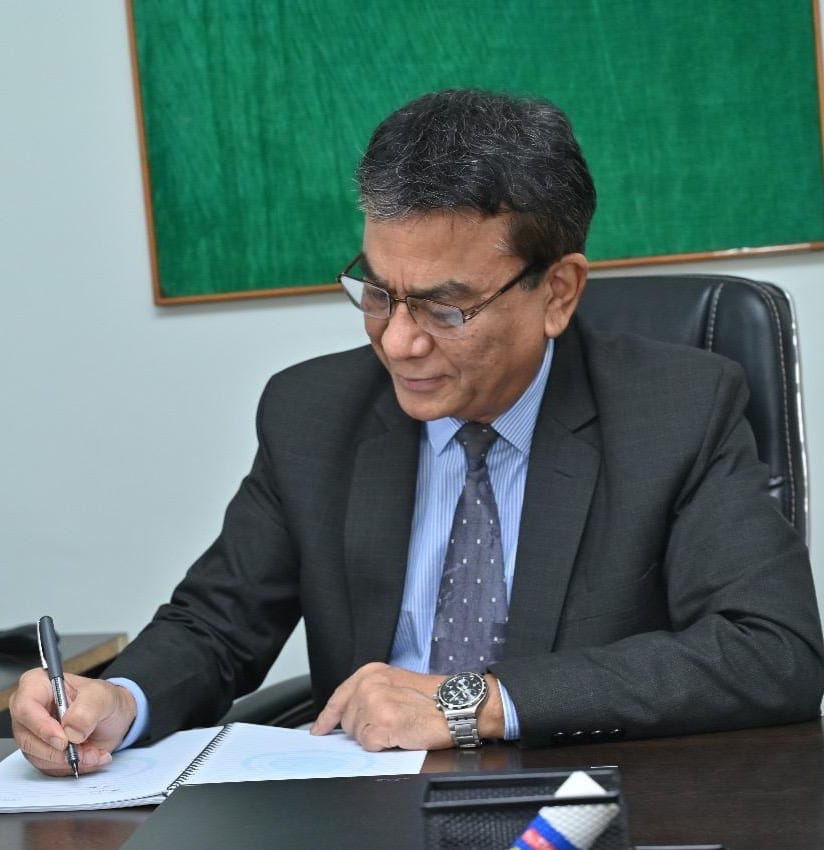Message from the Executive Chief
- Home
- Message from the Executive Chief

Message from the Executive Chief
Founding Chairman & Executive Chief
From the very beginning of the new year our team was engaged in carrying out baseline survey of FHEN project, and research on adverse outcome of pesticide exposure during pregnancy. In June it organized a Global Health International seminar in collaboration with Oxford University, ICDDR,B, NHRC and WHO, Nepal which formally launched TGHN Nepal Center in Nepal Public Health Foundation.
A large thematic group of experts have been formed since then. Some collaborative proposals have already been submitted for international grants, and amulti-country proposal developments in pharmacovigilance underway, in collaboration with TGHN, Oxford. Annual NPHF lecture was also delivered in the same month.
After the publication of MOHP study on maternal mortality which showed very high prevalence in Lumbini province, NPHF came out with an innovative digital approach to reduce maternal and neonatal mortality for meeting targets of SDG. Several high level meetings with MOHP and NPC were carried out and the method was piloted in Namobuddha. It is now ready to be applied to Lumbini province. We have successfully completed another year of FHEN project and now are in the final closing year. We developed contacts with Sikkim, China and Bangladesh in learning their experience of moving towards with organic farming. We have been successful in communicating with our federal, provincial and municipality government about the need for pesticide reduction organic farming for ensuring better health of people, and make policy changes accordingly.
Internationally, the year 2080 continued to witness to the devastating effects of war in Russia and Ukrain. But it’s tragedies are being overshadowed by Israel’s genocide of Palestine people on Gaza and west bank. UN security council has first time unanimously called for ceasefire (US being asbent). Inspite of that Israel seems to be bent on to destroy Gaza by ethnic cleansing bringing untold sufferings on its civilian population. They have not even hesitated to destroy hospitals, kill doctors and health workers, and block medicine and other necessary equipment for treating patients . We have raised our voice against these atrocities resolutely.
Human history has passed through many dark periods, but no matter how cruel it had not been able to kill HOPE. Let us be among those who keep their hopes high amidst the whirling sands of Life.
With these words I wish you a very happy, healthy safe and prosperous new year 2081.
Mahesh Maskey
Founding Chair and Executive Chief, Nepal Public Health Foundation
